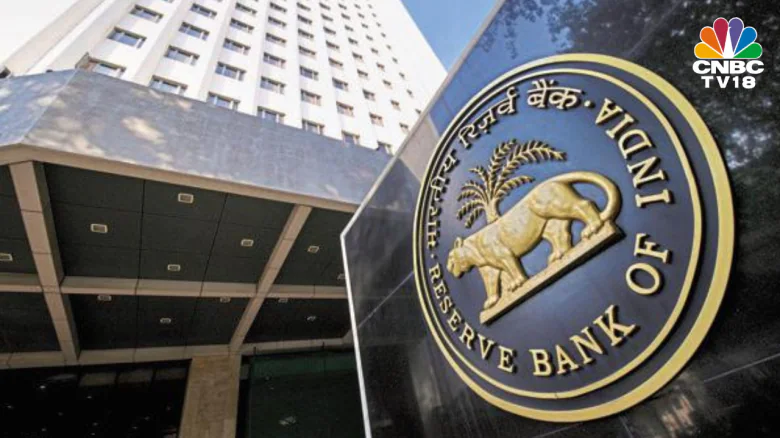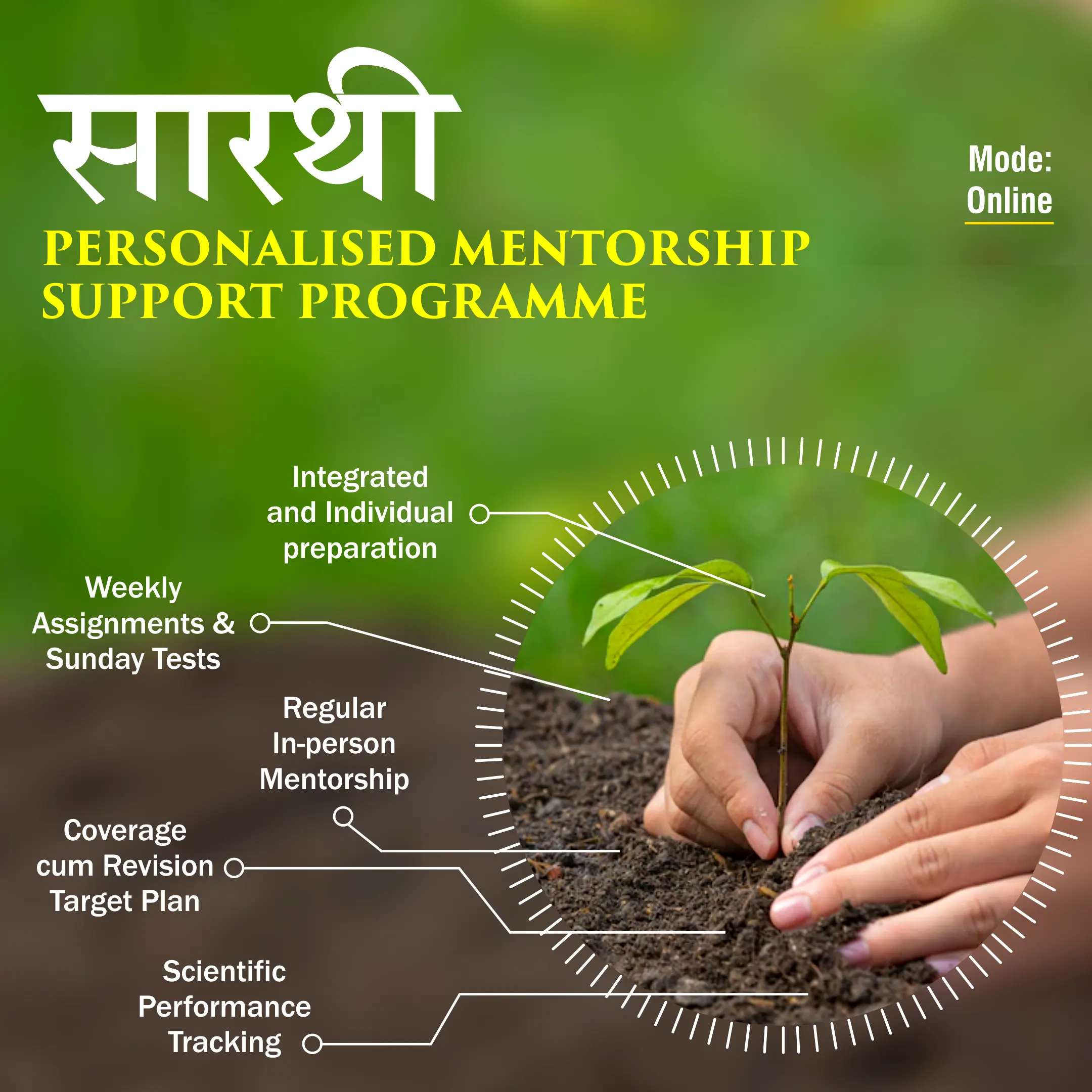
Copyright infringement not intended
Picture Courtesy: CNBC TV
Context: The Reserve Bank of India (RBI) launched a pilot program to assess the feasibility of a 'Public Tech Platform for Frictionless Credit,' aiming to enable seamless credit delivery by facilitating the smooth flow of necessary digital information to lenders.
Highlights of the program
- Aim of the Program: The primary objective of the RBI's pilot program is to establish a technological platform that facilitates the smooth and efficient exchange of digital information required for credit evaluation by lenders. The platform's purpose is to simplify and expedite the credit assessment process, a crucial step in determining a borrower's ability to repay and their adherence to credit agreements.
- Credit Appraisal Process: Credit appraisal involves assessing multiple factors to determine a borrower's creditworthiness, exposure risk, and likelihood of default. This evaluation is of great importance to banks, as it impacts their interest income and overall balance sheet health.
- Data Fragmentation: The data necessary for credit assessment is often distributed across various entities, including government agencies, banks, credit information companies, and digital identity authorities. The platform aims to consolidate this disparate information into a unified repository, streamlining the process of credit evaluation.
- Pilot Initiatives: Before launching the public tech platform, the RBI initiated pilot projects to test different aspects of digital lending. These pilots encompassed initiatives like the digitalization of Kisan Credit Card (KCC) loans and dairy loans. These projects served to test end-to-end digital lending processes, including paperless doorstep loan disbursement.
- RBI's Role and Development: The platform is being developed by RBI's wholly-owned subsidiary, the Reserve Bank Innovation Hub (RBIH). It is designed with an open architecture, featuring open Application Programming Interfaces (APIs). This design choice allows for seamless integration with the systems of various participants in the financial sector.
- Expected Benefits: The implementation of this platform is anticipated to yield several benefits. These include reduced operational costs, expedited loan disbursal processes, and enhanced scalability for lenders. Additionally, the platform is poised to improve credit risk assessment capabilities and overall management of credit portfolios
In essence, the RBI's pilot program aims to leverage technology to create a more streamlined, efficient, and unified approach to credit assessment, benefiting both lenders and borrowers. By centralizing credit-relevant data and leveraging digital processes, the program seeks to transform the landscape of credit appraisal and lending in India.

Purpose of the Platform
Improved Credit Risk Management
- The platform serves as a foundation for more advanced credit risk assessment and comprehensive credit portfolio management. By leveraging better quality information, lenders can make data-driven credit evaluations more efficient. This leads to more informed decisions regarding the risk associated with lending to specific borrowers.
Wider Access to Credit
- Through the platform's capabilities, financial institutions can extend their offerings to a wider range of borrowers who possess favourable credit histories. This expanded access can potentially include individuals and businesses that were previously excluded from formal credit channels. As a result, more people and enterprises gain the ability to secure the necessary funding.
Benefits for Borrowers
- Borrowers stand to gain from the platform's capabilities as well. With reduced costs tied to obtaining capital, individuals and businesses can allocate a larger portion of funds toward productive investment activities. Lower costs for borrowing mean that more capital can be put to work, stimulating economic growth.
Streamlined Process
- The platform's integration streamlines the credit application process. The need for multiple visits to banks and extensive documentation is minimized. This not only leads to more convenient experiences for borrowers but also contributes to operational efficiency for both lenders and borrowers. The simplified process is expected to make credit transactions smoother and faster.
Cost Reduction and Scalability
- One of the platform's overarching goals is to drive down operational costs across the lending ecosystem. This cost reduction can be realized due to streamlined processes, reduced paperwork, and more efficient credit assessments. Quicker loan disbursement is also anticipated, enhancing the overall lending experience. Additionally, as the platform's implementation progresses, it is expected to support enhanced scalability within the lending industry.
Overall, the "Public Tech Platform for Frictionless Credit" is designed to usher in a more inclusive, efficient, and technologically-driven era for credit lending in India. By combining enhanced risk assessment with streamlined processes, the platform aims to benefit both borrowers and lenders, ultimately fostering economic growth and financial stability.
Must-Read Articles:
DIGITAL LENDING: https://www.iasgyan.in/daily-current-affairs/digital-lending-48
DIGITAL PAYMENTS INDEX: https://www.iasgyan.in/daily-current-affairs/digital-payments-index
|
PRACTICE QUESTION
Q. What is the current landscape of digital lending in India, including the regulatory framework that governs it? Explain the significance of digital lending in the Indian financial sector. What are the key challenges faced by digital lending platforms, and what strategies could pave the way forward for the sustainable growth of digital lending in the country?
|

https://epaper.thehindu.com/ccidist-ws/th/th_delhi/issues/48558/OPS/GLBBL4UNB.1.png?cropFromPage=true




